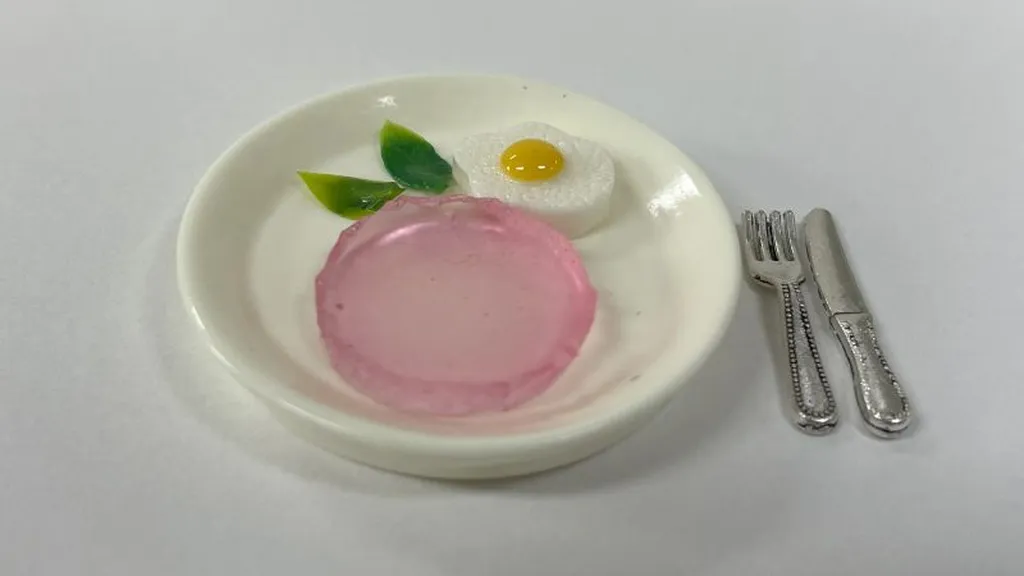In the burgeoning field of artificial sensory systems, a new review published in the *International Journal of Extreme Manufacturing* (translated as *International Journal of Extreme Manufacturing*) is shedding light on the pivotal role of hydrogels in creating advanced, biocompatible sensory technologies. Led by Wonhee Gong, a researcher from the Department of Mechanical and Biomedical Engineering at Ewha Womans University in Seoul, South Korea, the study explores how hydrogels—flexible, water-rich polymers—are revolutionizing the way we design systems that mimic human senses.
Artificial sensory systems, which aim to replicate sight, touch, and hearing, have vast potential in enhancing human capabilities, improving human-machine interactions, and enabling autonomous systems to better navigate their environments. Hydrogels, with their unique properties, are increasingly recognized as key materials in this domain. “Hydrogels offer a remarkable combination of biocompatibility, flexibility, and tunable mechanical properties, making them ideal for applications like wearable sensors, artificial skin, and neural interfaces,” Gong explains.
The review delves into various hydrogel fabrication techniques, including 3D bioprinting, electrospinning, and photopolymerization. These methods allow researchers to precisely control hydrogel properties such as mechanical strength, flexibility, and conductivity, tailoring them to mimic natural tissues. “By leveraging these fabrication techniques, we can create hydrogels that are not only durable but also highly sensitive to stimuli, which is crucial for artificial sensory applications,” Gong adds.
One of the most compelling aspects of this research is its potential impact on the energy sector. As the demand for smart, energy-efficient technologies grows, the development of advanced sensory systems could lead to significant advancements in areas such as energy harvesting, monitoring, and management. For instance, hydrogel-based sensors could be integrated into smart grids to monitor energy usage in real-time, optimizing efficiency and reducing waste.
Moreover, the study highlights the importance of selecting the right fabrication method to meet specific functional requirements. “The choice of fabrication technique can greatly influence the performance of the final sensory system,” Gong notes. “For example, photopolymerization offers high precision and speed, making it suitable for creating intricate sensor arrays, while electrospinning can produce fibers with exceptional mechanical properties, ideal for applications requiring durability.”
As the field of artificial sensory systems continues to evolve, the insights provided by Gong and her team could pave the way for groundbreaking developments. The review not only underscores the transformative potential of hydrogels but also emphasizes the need for continued research and innovation in this area. With applications ranging from robotics to biomedical devices, the future of artificial sensory technologies looks increasingly promising.
Published in the *International Journal of Extreme Manufacturing*, this review serves as a crucial resource for researchers and industry professionals alike, offering a comprehensive overview of the latest advancements in hydrogel fabrication techniques and their implications for the energy sector and beyond. As the world moves towards a more interconnected and intelligent future, the role of hydrogels in shaping advanced sensory systems cannot be overstated.

